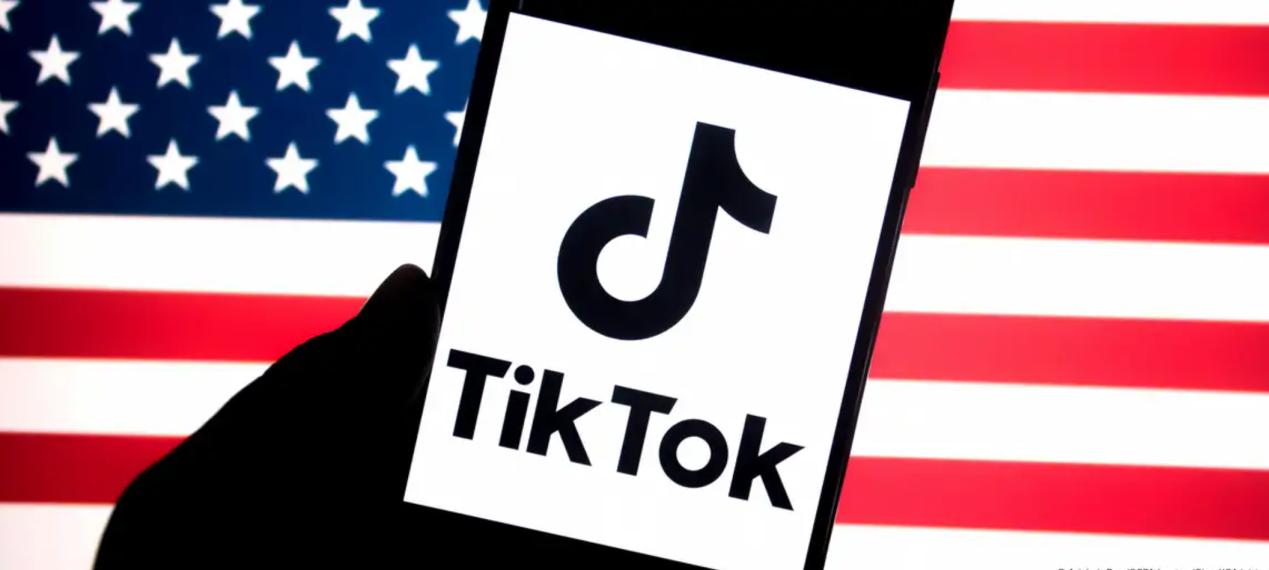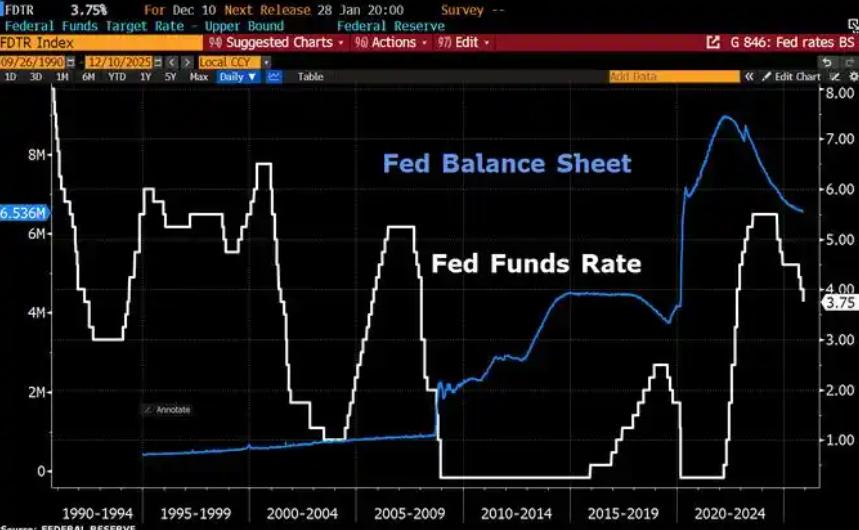
In September 2025, the White House officially disclosed the framework of the TikTok US business agreement, with core terms directly targeting "six out of seven board seats to be held by Americans" and "algorithm control rights belonging to the United States", and announced that Oracle Corporation would take over the data and algorithm configuration as the "security provider". This years-long technological game between China and the United States, with the United States achieving "technological colonization" through capital and rule restructuring, has pushed the battle for digital sovereignty to a new climax.
I. Agreement Framework: Comprehensive Control from Equity to Algorithm
According to the details disclosed by the White House, TikTok's US business will be restructured into a new joint venture controlled by the US side. In its equity structure, US investors (including Oracle, Silver Lake Capital, Andreessen Horowitz, etc.) will hold approximately 80% of the shares, while ByteDance retains a 19.9% non-controlling stake. The distribution of board seats is even more assertive: six out of seven seats will be held by Americans, including a "national security observer" designated by the US government. This design not only ensures the US's absolute control over strategic decisions but also incorporates a "government-capital" dual regulatory mechanism, integrating TikTok into the US digital governance system.
The struggle for algorithm control is the focus of the agreement. The White House explicitly demands that TikTok's recommendation algorithm be "under the control of the US joint venture" and subject to continuous monitoring. Oracle, as the technical custodian, will be responsible for the "configuration and auditing" of the algorithm to prevent it from being used for "malicious purposes". Although the agreement does not explicitly require ByteDance to sell its core algorithm, through the "licensed use + localized deployment" model, the US has effectively gained operational dominance over the algorithm. This arrangement not only circumvents the strict restrictions of China's Data Security Law on technology exports but also achieves technology transfer under the guise of "compliance".
II. US Strategy: Extreme Pressure and Rule Reconstruction
The US's pursuit of TikTok began with the 2024 Protecting Americans from Foreign Adversaries' Control of Applications Act (PAFACA), which, under the guise of "national security", set a 270-day divestment deadline, otherwise TikTok would be completely banned. After the Trump administration took office, it postponed the ban three times, but each extension came with higher demands: from equity divestment to algorithm control, eventually evolving into a triple control system of "capital holding + technology custody + government supervision".
The underlying logic of this strategy is to use the US market advantage to reconstruct global digital rules. On one hand, it elevates commercial disputes to the "national security" level through legislation, forcing enterprises to accept asymmetrical terms; on the other hand, it imposes US standards on multinational companies under the names of "data localization" and "algorithm transparency". For instance, Oracle's role as a "trusted technology provider" in the agreement, while superficially similar to the "Cloud on Guizhou" model in the EU, actually implies the right of technology review - the US can thereby obtain algorithm operation logs and even intervene in content recommendation logic.
III. China's Response: Legal Weapons and Strategic Balance
In the face of the aggressive offensive from the US side, the Chinese government has engaged in the game with "law and compliance" as the bottom line. The Ministry of Commerce has repeatedly emphasized that any transaction involving core technologies must pass through the review of Chinese laws, especially the artificial intelligence interaction algorithms clearly listed in the "Catalogue of Technologies Prohibited from Export and Restricted from Export". ByteDance's proposed "algorithm split plan" is a compromise within this framework: customizing a "clean version" engine for the US market and stripping off the code layer that interacts with the global system, which not only meets the US data isolation requirements but also avoids the leakage of core technologies.
This strategy reflects China's strategic determination in the technological game: refusing "technological surrender" while avoiding direct confrontation with the US. By transforming algorithm authorization into a "technology usage license", China retains intellectual property rights while securing the operational space for TikTok. Data shows that TikTok has 170 million users in the US, and its advertising revenue accounts for 23% of the global market. If forced to exit, ByteDance would lose over 10 billion US dollars in annual revenue, and US advertisers would also lose an important marketing channel. This "kill one thousand, wound eight hundred" game pattern forces both sides back to the negotiating table.
The details of the TikTok agreement disclosed by the White House are essentially an attempt by the US to achieve "technological colonization" through capital and rule restructuring. This game has no true winner: although the US gains surface control, it is difficult to replicate TikTok's algorithmic advantages; China, while holding the legal bottom line, sees its enterprises' globalization process hindered; and users face the risks of data fragmentation and experience degradation. In the future, the competition for digital sovereignty will become more intense, and how to balance security and development, openness and autonomy will become a must-answer question for all countries.

Since 2022, the Fed has cumulatively reduced its balance sheet by $2.4 trillion through quantitative tightening (QT) policies, leading to a near depletion of liquidity in the financial system.
Since 2022, the Fed has cumulatively reduced its balance sh…
On December 11 local time, the White House once again spoke…
Fiji recently launched its first green finance classificati…
Recently, the European Commission fined Musk's X platform (…
At the end of 2025, the situation in the Caribbean suddenly…
The U.S. AI industry in 2025 is witnessing a feverish feast…